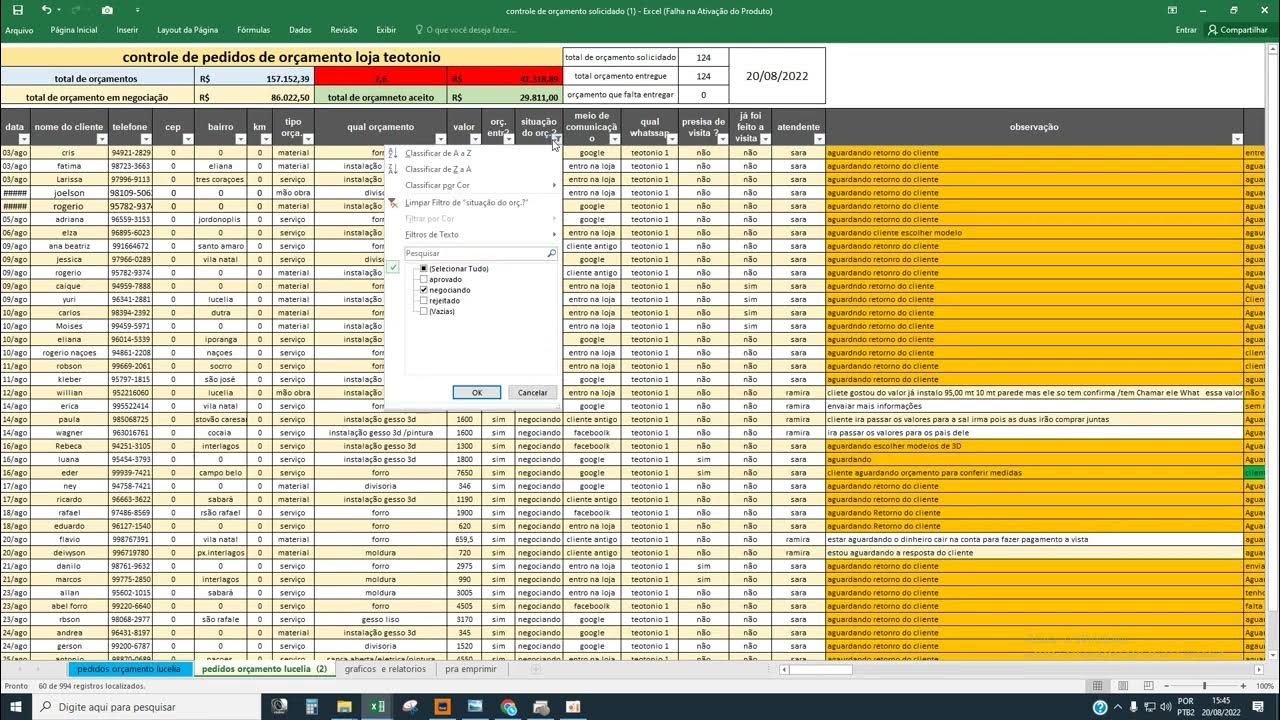Hints and tips for working with interpreters
Summary
TLDRThis video script provides essential guidance on using interpreters effectively in client interactions. It highlights the importance of clear communication by speaking directly to the client, maintaining eye contact, and ensuring proper seating arrangements. The script emphasizes the role of the interpreter in accurately conveying messages and offers tips such as using short, simple sentences, pausing often, and being patient. It also addresses cultural differences in body language, helping to avoid misunderstandings. By following these strategies, professionals can enhance communication with non-English speaking clients, ensuring successful and respectful interactions.
Takeaways
- 😀 The interpreter's role is to accurately and appropriately convey the message from one language to another, ensuring effective communication.
- 😀 To use interpreters effectively, both parties (you and the client) must understand the interpreter's role and cooperate during the interaction.
- 😀 Always pause often to give the interpreter time to convey the message and allow the client to respond appropriately.
- 😀 Speak directly to your client, not the interpreter, and maintain eye contact with the client during the interaction.
- 😀 A triangular seating arrangement is ideal when using an on-site interpreter to facilitate communication between you and your client.
- 😀 Your role as the interviewer is to manage the communication flow, not the interpreter's role, ensuring an effective and smooth conversation.
- 😀 Begin by introducing yourself to both the client and the interpreter, and brief the interpreter on the situation at hand.
- 😀 Use simple language and short sentences to make it easier for the interpreter to convey your message accurately.
- 😀 Cultural differences in body language, such as eye contact, can affect communication, so it’s important to be mindful of these differences when using an interpreter.
- 😀 Be patient with the interpreter, as sometimes one sentence in English might require multiple sentences in the other language.
- 😀 To assist the interpreter in providing accurate information, avoid jargon and keep your messages clear and concise, allowing for more effective communication.
Q & A
What is the role of an interpreter in communication?
-An interpreter's role is to accurately and appropriately convey the meaning of the spoken word from one language to another. They ensure clear communication between parties who speak different languages.
How can you make communication with a non-English-speaking client more effective?
-You can improve communication by ensuring both you and your client understand the role of the interpreter. Additionally, speaking directly to your client and pausing often for the interpreter to convey the message is important.
What should you do when scheduling an appointment with a non-English-speaking client through an interpreter?
-You should speak directly to the client, asking questions like when they would like to schedule their appointment, and allow time for the interpreter to translate and for the client to respond.
Why is it important to pause during the conversation when using an interpreter?
-Pausing allows the interpreter to accurately convey your message and gives the client time to respond. It ensures that the communication process is smooth and that nothing gets lost in translation.
How should you direct your attention during an interpreting session?
-You should always direct your attention to the client, not the interpreter, even when the interpreter is in the room. This shows respect and keeps the client at the center of the conversation.
What is the ideal seating arrangement when using an on-site interpreter?
-A triangular seating arrangement is ideal, as it allows everyone to see each other clearly, facilitating better communication.
What is your responsibility when working with an interpreter in a meeting?
-Your responsibility is to conduct and manage the interview, ensuring a free flow of communication between you and the client. It is also important to introduce yourself and brief the interpreter on the situation beforehand.
How should you introduce yourself and the interpreter during a session?
-You should introduce yourself first, then allow the interpreter to introduce themselves to the client. This ensures everyone knows their role in the conversation and sets the tone for clear communication.
How can you help the interpreter convey your message more effectively?
-To assist the interpreter, use short, simple sentences that limit the number of ideas per sentence. This makes the message easier to translate and ensures clarity.
What cultural differences should you be aware of when using an interpreter?
-Cultural differences in body language, such as eye contact, can affect communication. In some cultures, making eye contact is a sign of honesty, while in others, it may be perceived as rude or challenging. Being aware of these differences helps maintain effective communication.
Outlines

This section is available to paid users only. Please upgrade to access this part.
Upgrade NowMindmap

This section is available to paid users only. Please upgrade to access this part.
Upgrade NowKeywords

This section is available to paid users only. Please upgrade to access this part.
Upgrade NowHighlights

This section is available to paid users only. Please upgrade to access this part.
Upgrade NowTranscripts

This section is available to paid users only. Please upgrade to access this part.
Upgrade Now5.0 / 5 (0 votes)





